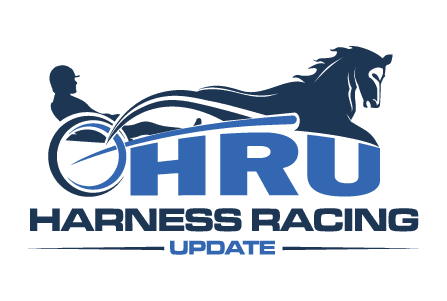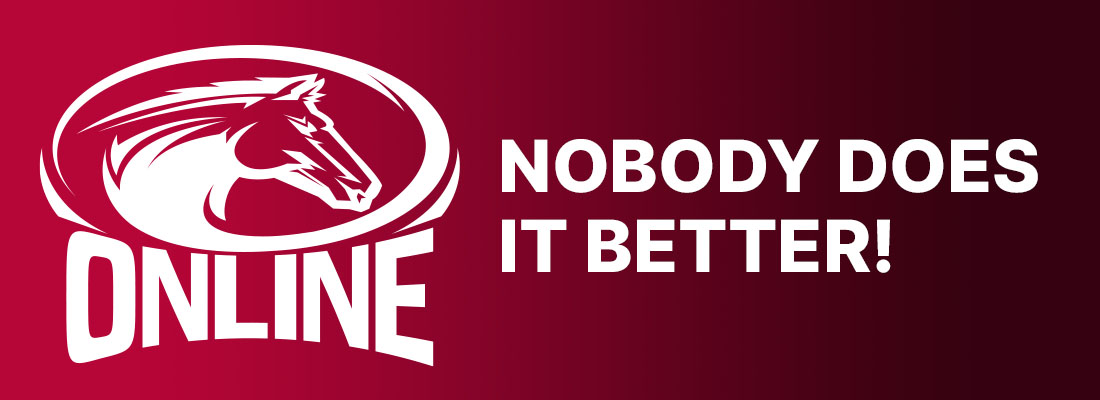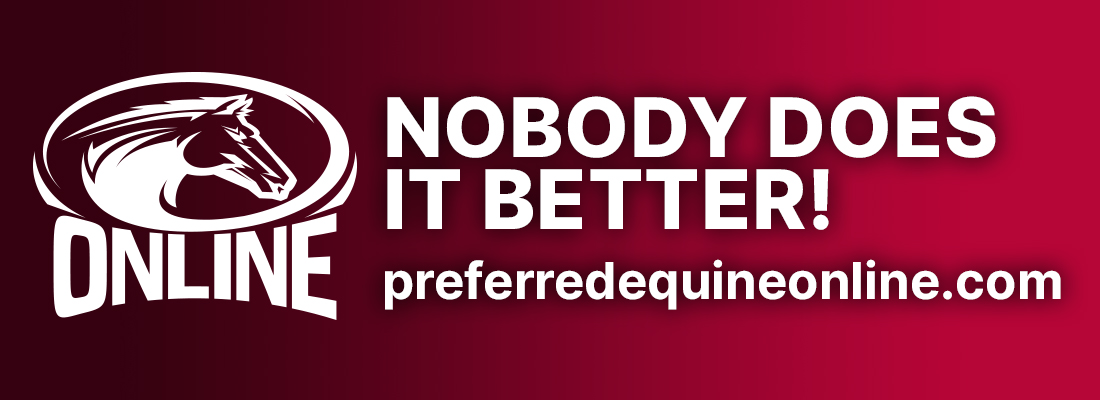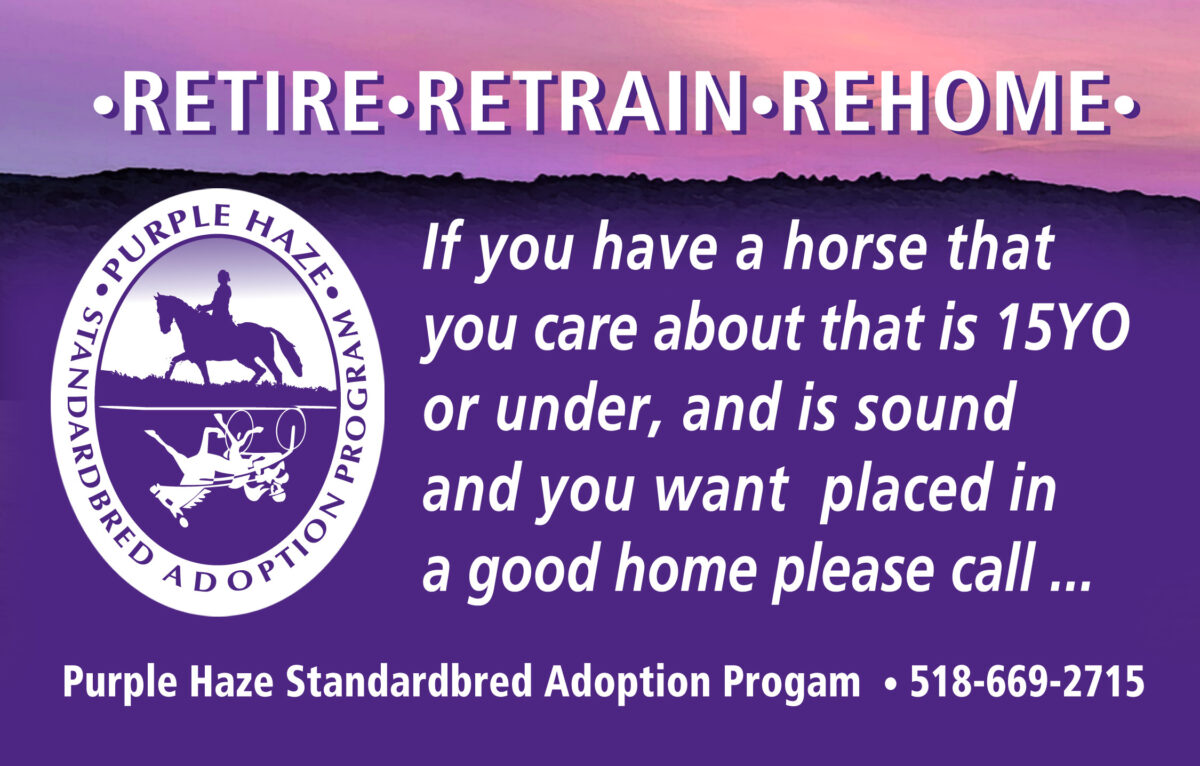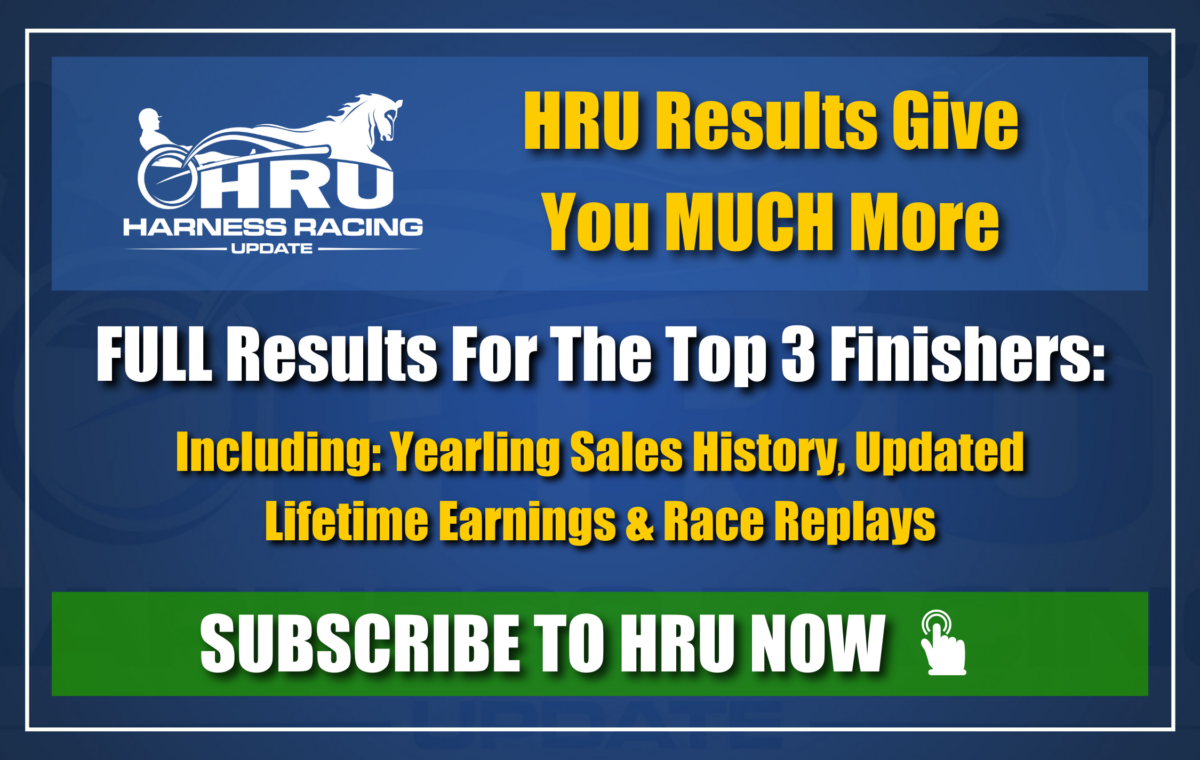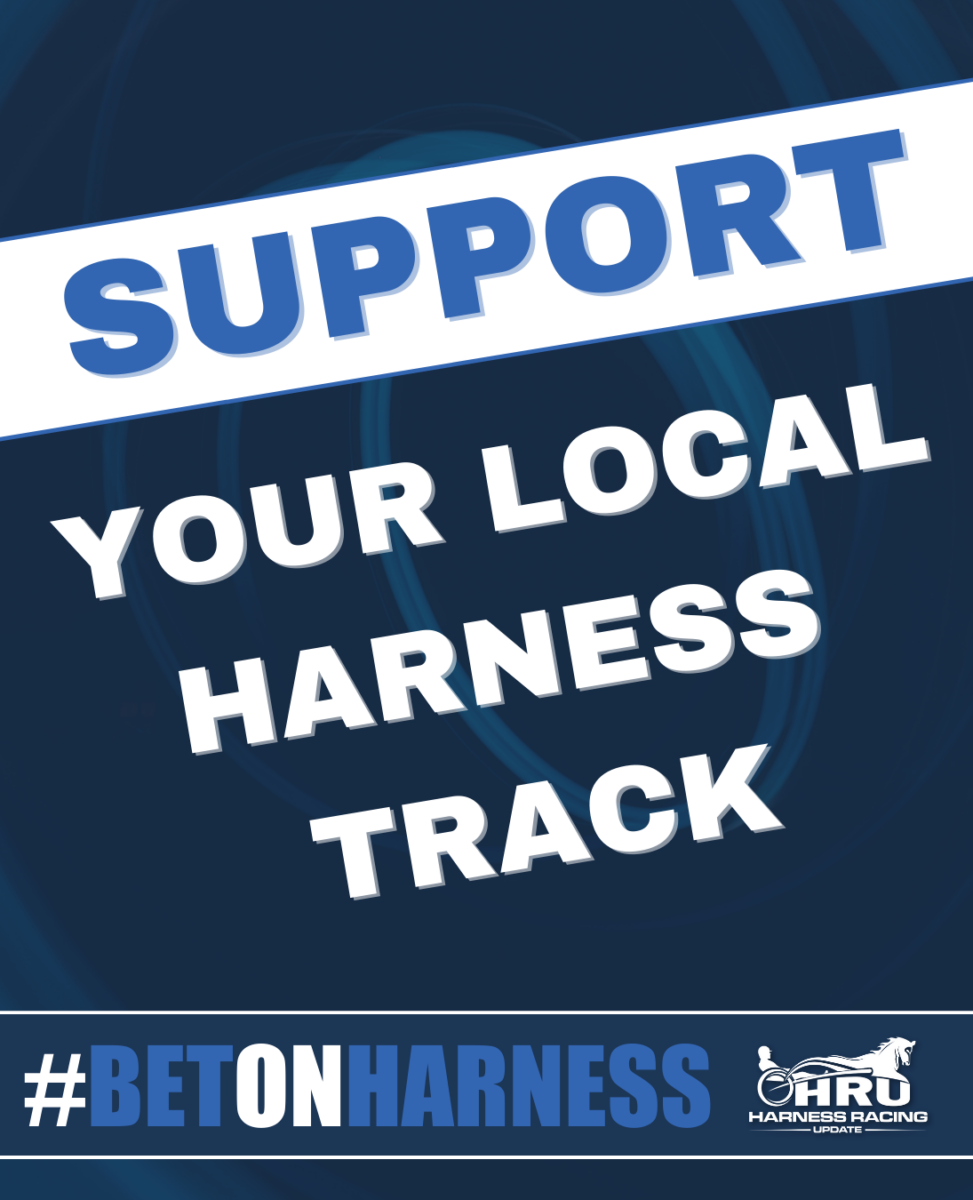Dr. Paul Nolan on his 50 years of practice
The Dr. John Steele pupil worked with the greats both human and equine.
by Murray Brown
When Dr. Paul Nolan attended vet school at Cornell, his primary goal was to become a bovine specialist. He had been raised on a dairy farm in upstate New York. His background dealt almost exclusively with cows. His interest and experience with horses had been minimal.
In terms related to getting a more rounded education in veterinary medicine, he was advised to gain some experience working with horses.
Gary Beck, a friend of his in school had worked with Dr. John Steele at nearby Vernon Downs. He provided Nolan with an entree to acquiring work with the then growing Dr. John R. Steele and Associates veterinary group.
Thus began a more than half century of involvement of almost exclusive service to the standardbred and those who care for, train and own them.
In 2018 you retired after 50 years of practice devoted almost entirely to the care of trotters and pacers. Initially you and your wife Ute moved to her native Germany. You have now moved back to the States. Several questions, the first being have you had any regrets about retiring?
“None at all. It was time. This old body had borne its share of wear and tear. I knew I would miss some of the job, most specifically the horses and equally, perhaps even more so, those who worked with them. Through the years I made a large number of friends in the sport. While I was away, I still followed happenings in the game closely. I followed the racing, especially the progress of those I had worked closely with through the years.”
What brought you back to this country?
“Using just two words ‘personal health.’ Our doctors here and the overall health system is probably still the very best in the world. That probably also applies to veterinary medicine.”
Do you now maintain any sort of presence with regard to harness racing?
“Probably only as a fan and as a friend of those involved in the sport. I visit with old friends regularly here at Sunshine Meadows. I watch racing and follow race results. But insofar as actual hands-on participation, none at all.”
You mentioned that when working with Dr. Steele you were somewhat privileged to, in effect, have begun working with the very best in the sport. There were very few of the major Grand Circuit outfits that the Steele group did not do work for.
“It was indeed a privilege. Here I was, a kid just out of school, doing work for such accomplished Hall of Famers as Frank Ervin, Billy Haughton and Stanley Dancer. But not only for them but with several succeeding generations of horsemen. There were very few stables, prominent or otherwise, that we didn’t do work with.”
You were with the Steele group for 25 years. How did that association end?
“Dr. Steele’s association with harness horses was declining. He was becoming more and more involved with show horses. That was an area with which I had very little interest.
“Through the years, I had acquired a good number of clients of my own. I decided that it was time to spread my wings and fly on my own.”
Through your years in the sport, you have been involved with many horses some of them among the very greatest and best known. Are there any that you would care to speak of?
“With each of those horses, there is almost always a story of the human most associated with it.
“One that comes immediately to mind is Vivid Photo and his trainer/driver Roger Hammer. I remember the days leading up to their Hambletonian win vividly — pun intended. Roger told everyone who would listen that he was going to follow Ronnie Pierce wherever he went. If Ronnie took his horse to the grandstand, Roger was going to be right behind him. He did just that and won the race. I doubt that of all the Hambletonians held at The Meadowlands, there has ever been a more popular one.
“Another horse I remember distinctly was Nevele Pride. How could anyone not remember him? He was most deserving of all the negative notoriety he received. Yet his groom, Andy Murphy, knew every hair on his hide and although he never could have been described as a kid’s horse, he was very manageable in Andy’s care.
“Sebastian K for Ake Svanstedt might have been the very last horse that I helped to care for. He was as handsome a specimen as you are likely to find among standardbreds.”
How about the horsemen?
“It began with the greats like Ervin, Haughton and Dancer. It progressed through literally hundreds of others. Some that come to mind are Glen Garnsey, Soren ‘Papa’ Nordin, Fred Grant, Howard Beissinger, the Antonacci team, Dougie Miller, Chuck Sylvester, Gene Riegle, Ron Waples, Doug Ackerman, Jimmy Takter, Ake Svanstedt and maybe a hundred or more others. I know I’ve left many out. For that I apologize.
“I’ve been enormously privileged. I like to think I’ve contributed in a small way to some of the success of the stables with which I’ve worked. With all successful stables, their success is almost always because of a team effort by the component parts of the operation.”
Were there any places where you enjoyed working more than any others?
“The two that come to mind were the early days of The Meadowlands and Lexington in the fall.
“When The Meadowlands first opened there was an aura about the place that had never before been reached and will sadly never again be equaled. If you were there you understand.
“Lexington in the fall is magical. If one wants to experience the best that harness racing has to offer, one must be at The Red Mile in late September and early October. The best of our sport, both involving horses and humans are there on full display.”
